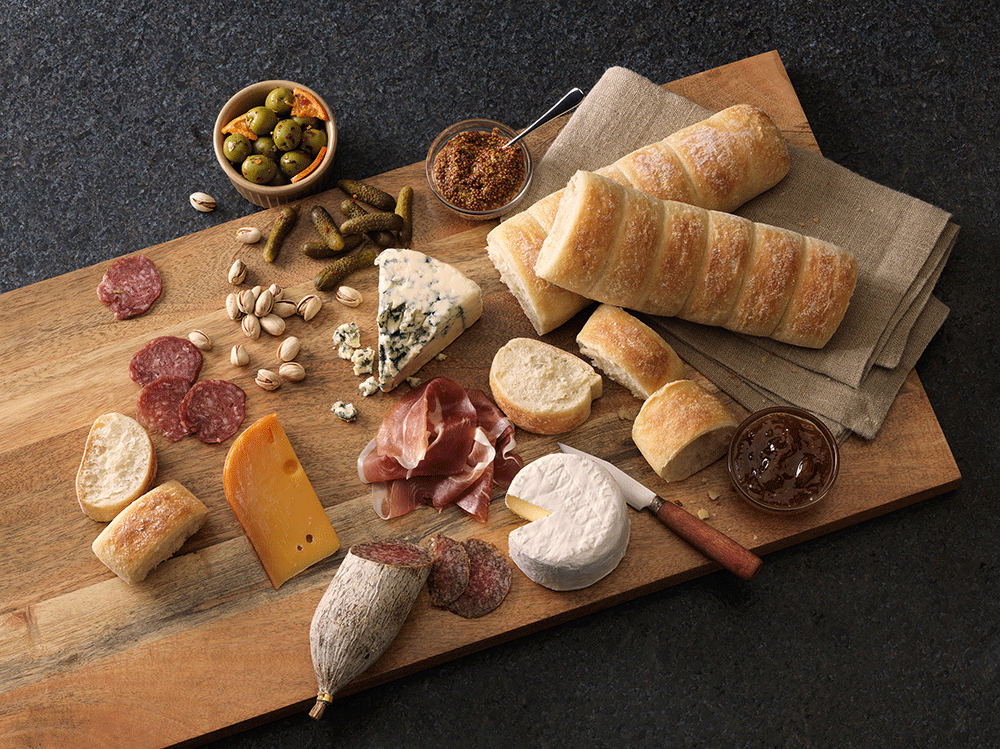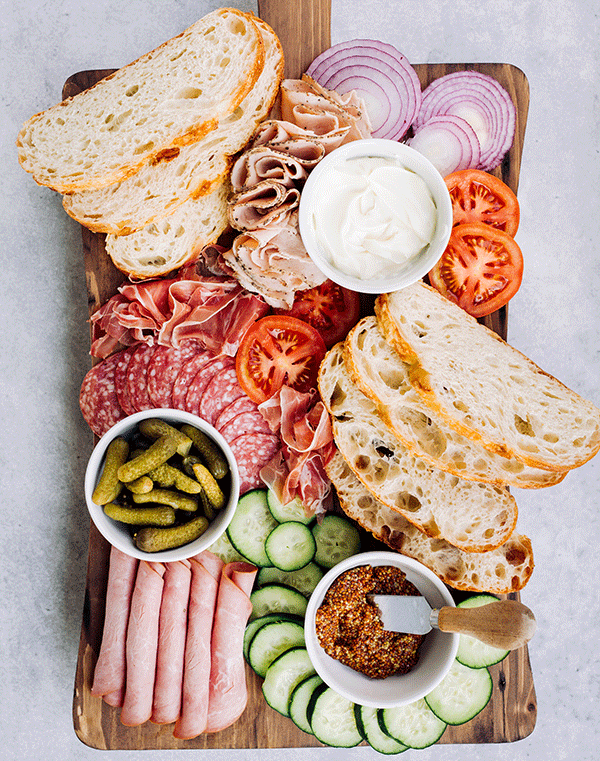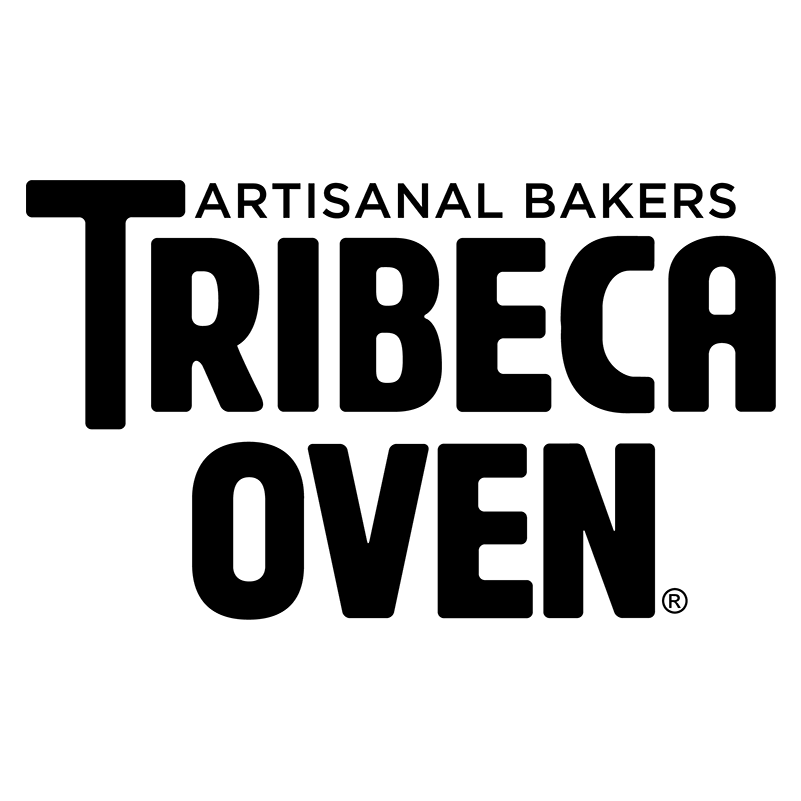09 Mar Build Your Best Charcuterie Board

If you’re seeking to replicate your favorite dining experiences at home, we have a simple way to do this by building an unforgettable charcuterie board.
The bonus of creating this popular appetizer at home is the freedom of ultimate customization. After all, being the master of your own charcuterie board gives you creative control of the flavor and texture pairings you would like to achieve. To help you build you own charcuterie board at home, we worked with charcuterie board aficionado, Zach Jaramillo, to share his best practices and tips.
“What’s great about charcuterie boards is their size flexibility. You can scale up the size of a board for a family gathering or scale down the size of a board to an individual snack,” Jaramillo said.
The core elements of a standard charcuterie board include: bread or crackers, meat, cheese, spreads/jams, and fruits & vegetables. The creativity, however, comes from deciding your flavor combinations, some of which may pleasantly surprise you.
Below is our breakdown of how to build your best charcuterie board:

With one quick trip to your local grocery store, you can easily procure all of the ingredients necessary to build your best charcuterie board—including Tribeca Oven’s artisan bread. The best part of creating this appetizer is that no cooking is involved! Once assembled, your board is ready-to-eat and enjoy. Because of the limitless flavor combinations, you never have to create the same board twice. For your next board, try switching out the flavors of your jams or spreads and try a different meat or cheese. It’s dynamic playfulness has elevated charcuterie boards from trend to staple. For additional inspirational on how to replicate restaurant quality meals at home, visit the Recipes section of our website.




Sorry, the comment form is closed at this time.